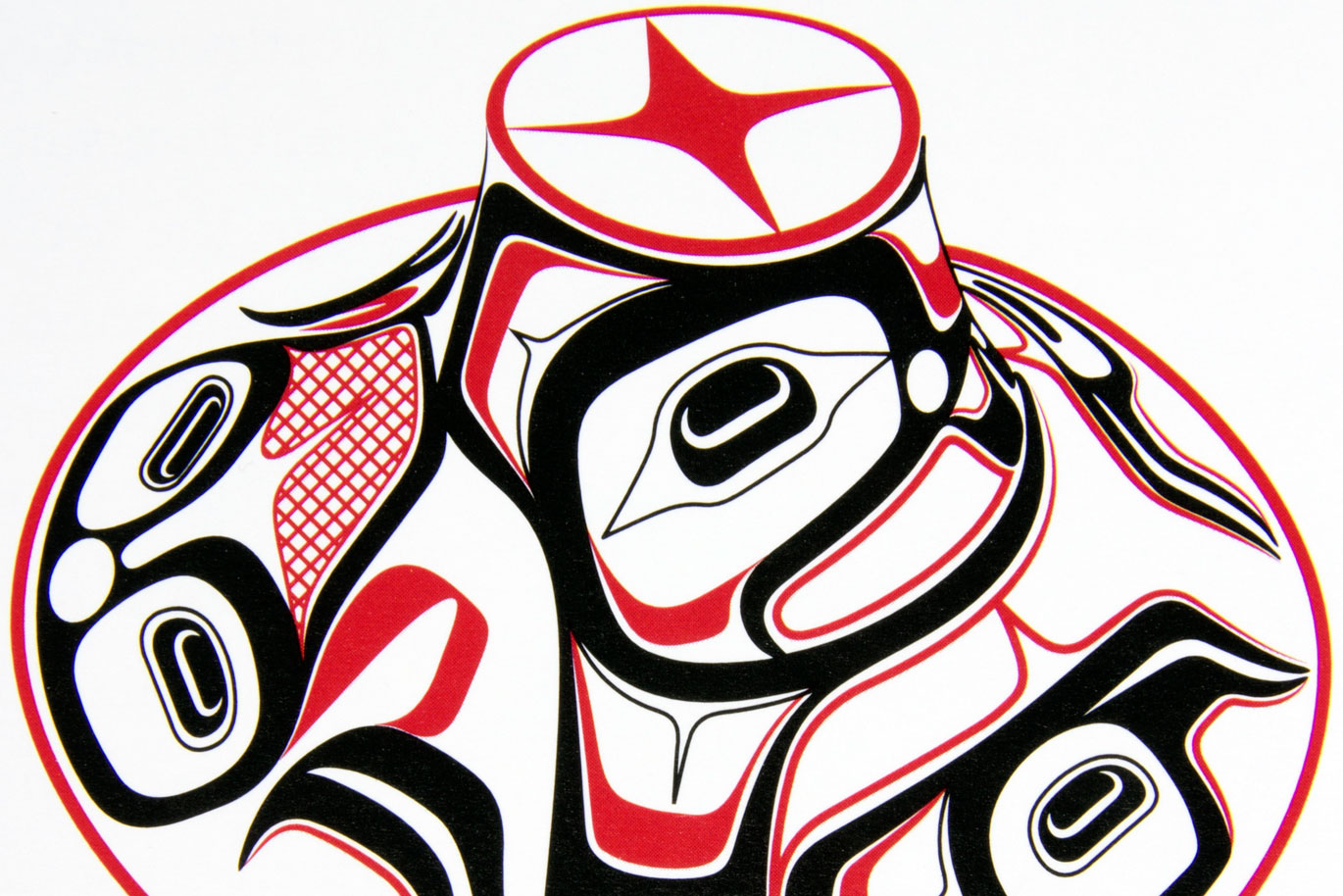Avant-Garde Gambits: Manet to Mondrian
- Winter 2022
Syllabus Description:
Avant-Garde Gambits: From Manet to Mondrian
Instructor: Marek Wieczorek
T/Th: 1-2:20pm, on Zoom link: https://washington.zoom.us/j/92396802375
Office: 355 Art building—marek@uw.edu
Office hours: Thursdays 2:30-4:00pm and by appointment, on Zoom link: https://washington.zoom.us/j/99246893851
This lecture course examines the work and ideas of a group of painters and sculptors who advanced the cause of modern and abstract painting and sculpture between the 1860s and 1910s. We will examine the circumstances and causes of major shifts that took place in the arts between mid 19th-century Realism and the main pioneers of abstract painting in the early 20th century. How did these painters and sculptors push the boundaries of their medium, and how did the military term “avant-garde” (advance guard or vanguard) get attached to their art, replete with associations of being at the forefront, strident, and even “ahead of the pack”—that is, not only as artistic, but also as social and political revolutionaries? The term “Avant-Garde Gambits” comes from feminist art historian Griselda Pollock, who argued that such artists rely on references to forebears as a form of deference to their master status, all the while proposing their own difference from these paternal precedents, a kind of Oedipal challenge to claim master status alongside them.
Advancing from Realism and Impressionism into Post-Impressionism, and then into various early forms of abstraction, means examining changing perceptions of the role of color, facture, modern life, psychology, and modes of production, as well as questions of historicity, framing, “primitivism,” and ideology in our reevaluation of the avant-garde. We will examine how artistic vanguardism responded to a larger “crisis in representation” in the philosophy, art, sciences, and politics of the time that is inseparable from the shape of our modernity today, for example through the question of the relationships between art and mass culture. There will be greater emphasis on certain artists who played key roles in the major changes that happened during the half century or so covered in this course. These are Courbet, Manet, Cézanne, Seurat, Van Gogh and Gauguin (also a sculptor), Picasso, Duchamp, Kandinsky, Malevich, and Mondrian, Tatlin, and Schwitters.
Because discussion is an integral part of the course, class participation is vital to the success of the class as well as to your grade. Grading for the course will be based on two short exams and one two-part paper of medium length. Exams will include slide identifications, compare and contrast questions, essays, and discussion of “names and terms” from the weekly handouts.
Grading:
Exams: 40 %
Paper: 40 %
Participation: 20 %
Learning Objectives
- Developing a solid knowledge of the various periods covered in class.
- Being able to recognize important artworks from each period, and talk about what characterizes each period, movement, or style.
- Understanding in what ways and aspects the artists covered in this course were innovative, including through a critical discussion of the various theories used to explain these innovations.
- Developing the ability to articulate ideas and thought processes in relation to the artists' work.
- Developing the ability to give an informed visual analysis of artworks, even those not seen before.
Equal Opportunity
The School of Art reaffirms its policy of equal opportunity regardless of race, color, creed, religion, national origin, gender, sexual orientation, age, marital status, disability, or status as a disabled veteran or Vietnam-era veteran in accordance with UW policy and applicable federal and state statutes and regulations.
Student Health + Wellness Resources:
- UW Counseling Center offers multiple options for students seeking help coping with stress and mental health concerns.
- The Counseling Center is open M - F, 9am - 4pm, 206-543-1240, https://www.washington.edu/counseling/
- SafeCampus is dedicated to supporting anyone at the UW dealing with potentially difficult or dangerous situations including, but not limited to: resolving conflict, addressing concerning & prohibited behaviors, suicide / self harm, relationship violence
- Contact SafeCampus with any issues of concern 24/7 at 206-685-SAFE, http://www.washington.edu/safecampus
- Urgent Help Options for medical & mental health are available to students through UW and several off-campus organizations: https://wellbeing.uw.edu/mental-health/urgent-help/
Access and Accommodations
Your experience in this class is important to me. If you have already established accommodations with Disability Resources for Students (DRS), please communicate your approved accommodations to me at your earliest convenience so we can discuss your needs in this course.
If you have not yet established services through DRS, but have a temporary health condition or permanent disability that requires accommodations (conditions include but not limited to; mental health, attention-related, learning, vision, hearing, physical or health impacts), you are welcome to contact DRS at 206-543-8924 or uwdrs@uw.edu or disability.uw.edu. DRS offers resources and coordinates reasonable accommodations for students with disabilities and/or temporary health conditions. Reasonable accommodations are established through an interactive process between you, your instructor(s) and DRS. It is the policy and practice of the University of Washington to create inclusive and accessible learning environments consistent with federal and state law.
Washington state law requires that UW develop a policy for accommodation of student absences or significant hardship due to reasons of faith or conscience, or for organized religious activities. The UW’s policy, including more information about how to request an accommodation, is available at Religious Accommodations Policy
Accommodations must be requested within the first two weeks of this course using the Religious Accommodations Request Form
SoA+AH+D Policies: The current Policies document is available from the School’s Teaching Resources page
SoA+AH+D Advising: Current UW students can schedule Zoom or In Person Advising appointments (schedule online here), or stop by Art Rm 104 for drop-in advising, available Monday - Thursday, 9am - 3pm. Students can also email Advising at uaskart@uw.edu
Covid Health + Safety Information:
o Covid-19 Prevention Plan for the School of Art + Art History + Design
o UW Covid-19 Face Covering Policy
o What Do I Do If I Feel Sick?
Land Acknowledgment: I would like to acknowledge that I live and work in Salish territory, specifically the lands of the Suquamish and Duwamish and the shared lands and waters of the Tulalip and Muckleshoot. There is a long history of education on this land dating to long before the establishment of this university.
- UW Counseling Center offers multiple options for students seeking help coping with stress and mental health concerns.



